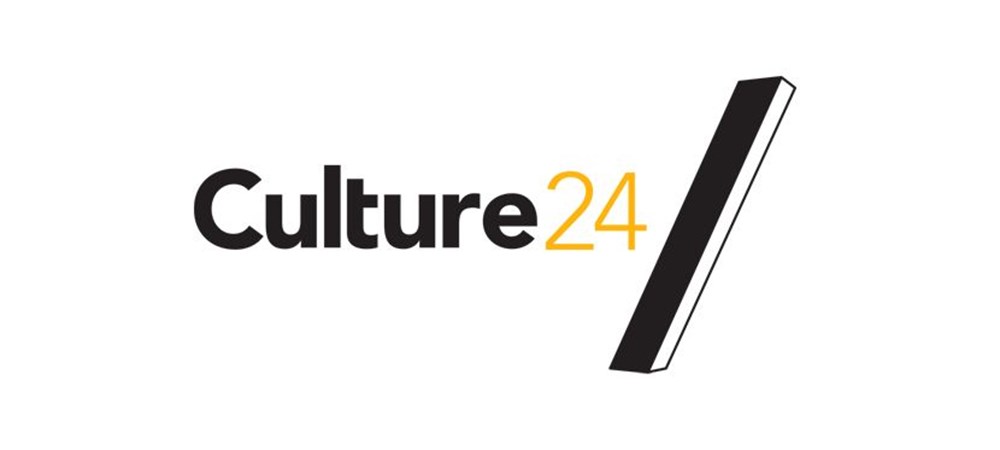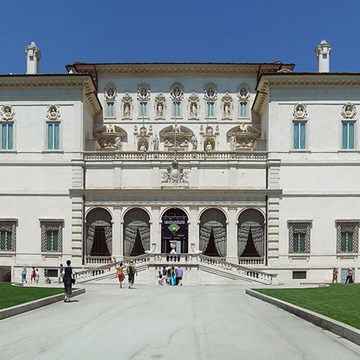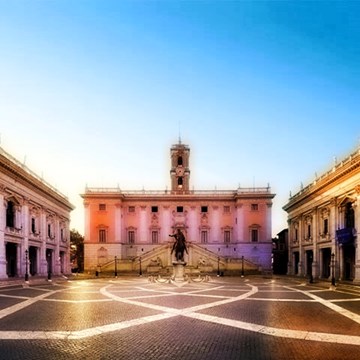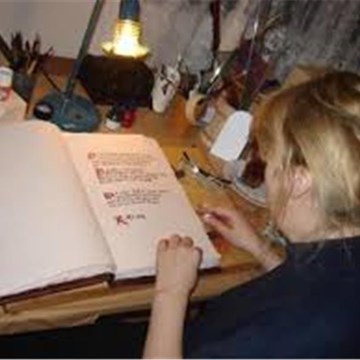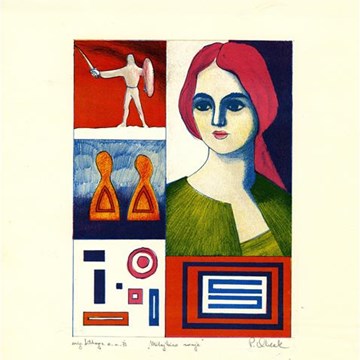The Meroë Head of Augustus: Africa defies Rome
When the Meroë Head was excavated in 1910, it caused an immediate sensation. It is remarkably well preserved and only survived because in antiquity it was ritually buried far from the borders of the Roman Empire. In this display you will come face to face with this potent symbol of Rome’s authority, and see how grains of sand, fused to the corroded surface of the bronze, still hint at its dramatic fate. Augustus became sole ruler in 27 BC, after a civil war that followed Julius Caesar’s assassination. The Meroë Head must have been created soon after. Uniquely among Augustus’ bronze portraits, it preserves inlaid eyes that vividly capture his powerful gaze. Originally, it must have been part of a statue set up in a settlement at the southern border of Egypt, soon after the Roman conquest.
Source: http://www.culture24.org.uk//se000073?id=EVENT511769
Exhibitions and events

Sutton Hoo and Europe, AD 300–1100
Permanent exhibitionThe centuries AD 300–1100 witnessed great change in Europe. The Roman Empire broke down in the west, but continued as the Byzantine Empire in the east. People, objects and ideas travelled across the...

Babel, babbling and the British Museum
Event at British Museum on 26.11.2041 13:15A gallery talk by Irving Finkel, British Museum. Gallery talks last 45 minutes. They are given by Museum staff or guest speakers and are suitable for all levels of knowledge. Admission Free
Activities from this museum
We don't have anything to show you here.

